 | The Whitepaper - 27 Nov 2013Ethereum was initially described in late 2013 in a whitepaper by Vitalik Buterin, a programmer and co-founder of Bitcoin Magazine, that described a way to build decentralized applications.He argued that Bitcoin and blockchain technology could benefit from other applications besides money and that it needed a more robust language for appdevelopment. Ethereum's website around Nov 2013 The Announcement - 23 Ian 2014On BitcoinTalk Forum, Buterin revealed that the primary core devs along with him were Gavin Wood, Charles Hoskinson, and Jeffrey Wilcke, while Anthony Di Iorio, Mihai Alisie, Joseph Lubin, and Stephan Tual were named as primary non-development members. Buterin’s commentary, titled “Welcome to the New Beginning, noted
Vitalik Buterin announces Ethereum on Bitcointalk In early 2014 Buterin brought the concept into the public eye at a Bitcoin conference in Miami, Florida.The project raised capital via an initial coin offering (ICO) later the same year, selling millions of dollars worth of ETH in exchange for funds to use for the development of the project. Between July 22 and Sept. 2, 2014, the asset sale sold over $18 million worth of ETH, paid for in Bitcoin. Vitalik Buterin announces Ethereum at the 2014 Bitcoin conference in Miami The Yellowpaper - 1 April 2014Authored by Dr. Gavin Wood, is a technical definition of the Ethereum protocol. The first page of Ethereum's Yellowpaper by Dr.Gavin Wood The Sale - 22 July 2014Ether officially went on sale for 42 days. You could buy it with BTC. The Launch - 30 July 2015Eighteen months and roughly $18m after it was first announced, Ethereum launches it's blockchain. Technically, anyone with a GPU was able to act as one of Ethereum's mining nodes as it employs an ASIC-resistant mining algorithm to help prevent a single miner monopolising the network. The first version of Ethereum was released, called Frontier. It had the two most basic functions: to enable users to mine ether and run smart contracts. The purpose of the initial stage was to get the network started, so miners could set up their mining processes and developers could test their decentralized applications (DApps). Frontier was a live, but barebone implementation of the Ethereum project. It followed the successful Olympic testing phase. It was intended for technical users, specifically developers. Blocks had a gas limit of 5,000. This ‘thawing’ period enabled miners to start their operations and for early adopters to install their clients without having to ‘rush’. Original Ethereum launch poster Frontier thawing - 7 Sep 2015The frontier thawing fork lifted the 5,000 gas limit per block and set the default gas price to 51 gwei. This allowed for transactions – transactions require 21,000 gas. The difficulty bomb was introduced to ensure a future hard-fork to proof-of-stake. ETH price: $1.24 Blog announcement regarding network patch The Homestead Fork - 14 Mar 2016The Homestead fork that looked to the future. It included several protocol changes and a networking change that gave Ethereum the ability to do further network upgrades. ETH price: $12.50 Vitalik forking while in his Homestead The DAO fork - 20 July 2016The DAO fork was in response to the 2016 DAO attack where an insecure DAO contract was drained of over 3.6 million ETH in a hack. The fork moved the funds from the faulty contract to a new contract with a single function: withdraw. Anyone who lost funds could withdraw 1 ETH for every 100 DAO tokens in their wallets. This course of action was voted on by the Ethereum community. Any ETH holder was able to vote via a transaction on a voting platform. The decision to fork reached over 85% of the votes. Some miners refused to fork because the DAO incident wasn't a defect in the protocol. They went on to form Ethereum Classic. ETH price: $12.54 Vitalik saying goodbye to the Classics Byzantium Fork - 16 October 2017
ETH price: $334.23 Vitalik forking ETH in Byzantium Constantinople Fork - 28 Feb 2019
Vitalik forking ETH in Constantinople Instanbul Fork - 8 Dec 2019
ETH price: $151.06 Vitalik forking ETH in Istanbul Beacon Chain genesis aka ETH 2.0 - 1 Dec 2020The Beacon Chain needed 16384 deposits of 32 staked ETH to ship securely. This happened on November 27, meaning the Beacon Chain started producing blocks on December 1, 2020. This is an important first step in achieving the Ethereum vision. ETH price: $586.23 Beacon Chain genesis signaled the transition to proof of stake Berlin fork - 15 April 2021The Berlin upgrade optimized gas cost for certain EVM actions, and increases support for multiple transaction types. ETH price: $2,454.00 London fork - 5 August 2021The London upgrade introduced EIP-1559, which reformed the transaction fee market, along with changes to how gas refunds are handled and the Ice Age schedule. EIP-1559 summary: A transaction pricing mechanism that includes fixed-per-block network fee that is burned and dynamically expands/contracts block sizes to deal with transient congestion. Ice Age: In 2015, Ethereum added the difficulty bomb as a way of pressuring its community to transition from proof-of-work (PoW) to proof-of-stake (PoS). When the difficulty bomb goes off, it will increase the block time, slowing the network. At that point, incentives to maintain PoW will vanish, and mining will cease on the network. The subsequent mining freeze is being referred to as the Ethereum Ice Age. In a nutshell, the Ice Age is a mechanism to force Ethereum to transition to the PoS consensus mechanism. ETH price: $2,621.00 Altair fork - 27 Oct 2021The Altair upgrade was the first scheduled upgrade for the ETH 2.0. It added support for "sync committees"—enabling light clients, and increased validator inactivity and slashing penalties as development progressed towards The Merge. ETH price: $4,024.00 Vitalik forking ETH somewhere in Altair's orbit Bellatrix fork - 6 Sep 2022The Bellatrix upgrade was the second scheduled upgrade for the ETH 2.0, preparing the chain for The Merge. It brings validator penalties to their full values for inactivity and slashable offenses. Bellatrix also includes an update to the fork choice rules to prepare the chain for The Merge and the transition from the last proof-of-work block to the first proof-of-stake block. ETH price: $1,558.00 Vitalik forking ETH somewhere in Bellatrix's orbit Paris fork aka The Merge - 15 Sep 2022The Paris upgrade was triggered by the proof-of-work blockchain passing a terminal total difficulty of 58750000000000000000000. This happened at block 15537393, triggering the Paris upgrade the next block. Paris was The Merge transition - its major feature was switching off the proof-of-work mining algorithm and associated consensus logic and switching on proof-of-stake instead. This was arguably the most significant upgrade in Ethereum history since Homestead! ETH price: $1,472.00 Vitalik back on Earth, forking ETH while in Paris Future Roadmap and PlansVitalik Buterin proposed a vision for the Ethereum roadmap that was organized into several categories linked by their effects on Ethereum's architecture. It included:
Since then, this terminology was scrapped in favour of more user-friendly names but the goals remain the same! Main goals:
Sharding is NOT in future plans: ""shard chains" are no longer needed and have been dropped from the roadmap." This is where we are now!What do you think about the history of Ethereum? How do you see it's future? Comment below! Happy birthday Ethereum and may you develop and evolve constantly for years and years to come!Long live Vitalik and may he fork throughout the entire known Universe! [link] [comments] |

You can get bonuses upto $100 FREE BONUS when you:
💰 Install these recommended apps:
💲 SocialGood - 100% Crypto Back on Everyday Shopping
💲 xPortal - The DeFi For The Next Billion
💲 CryptoTab Browser - Lightweight, fast, and ready to mine!
💰 Register on these recommended exchanges:
🟡 Binance🟡 Bitfinex🟡 Bitmart🟡 Bittrex🟡 Bitget
🟡 CoinEx🟡 Crypto.com🟡 Gate.io🟡 Huobi🟡 Kucoin.
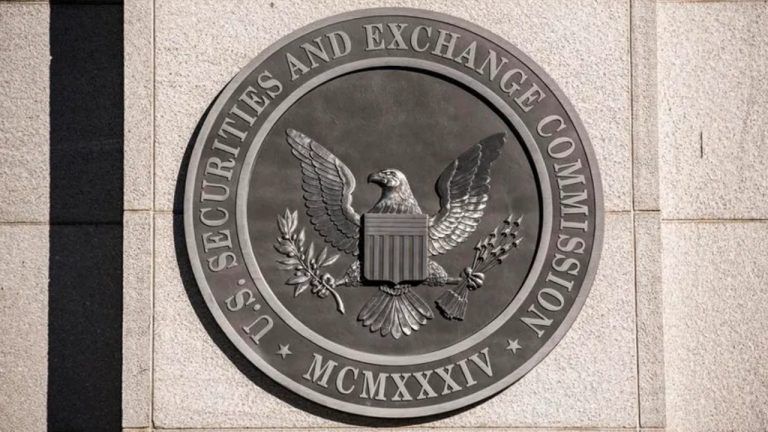

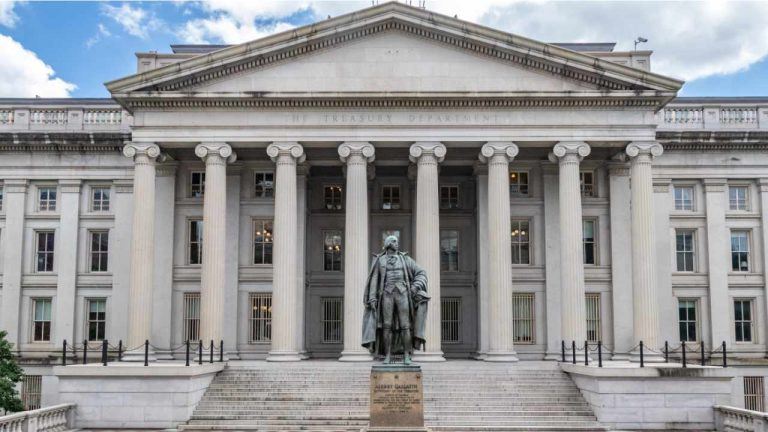

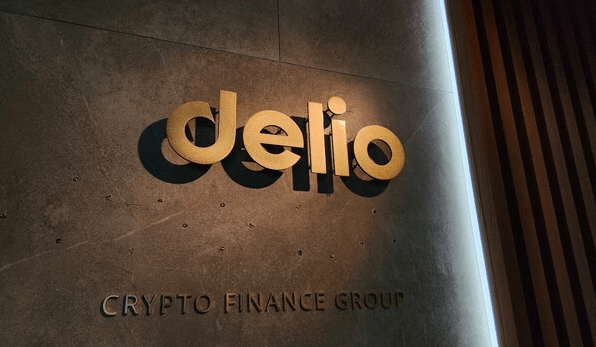



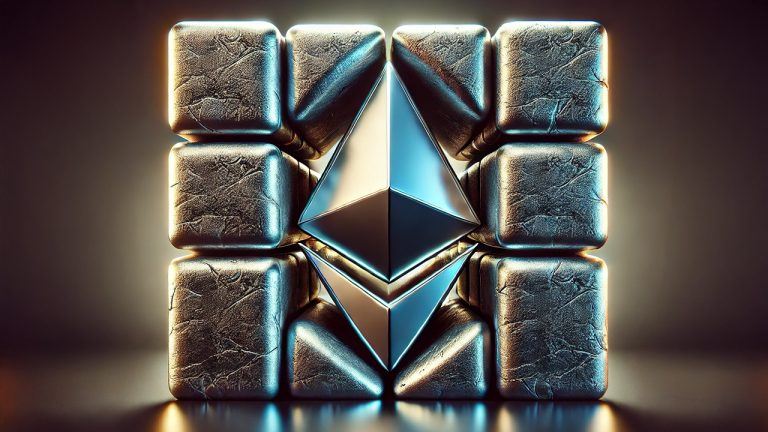
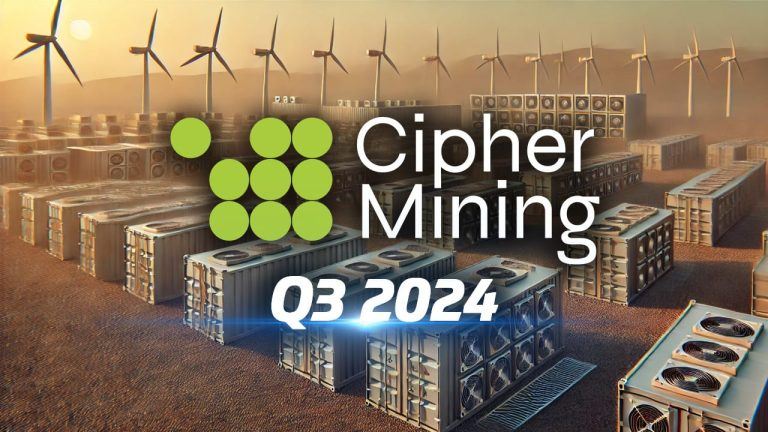


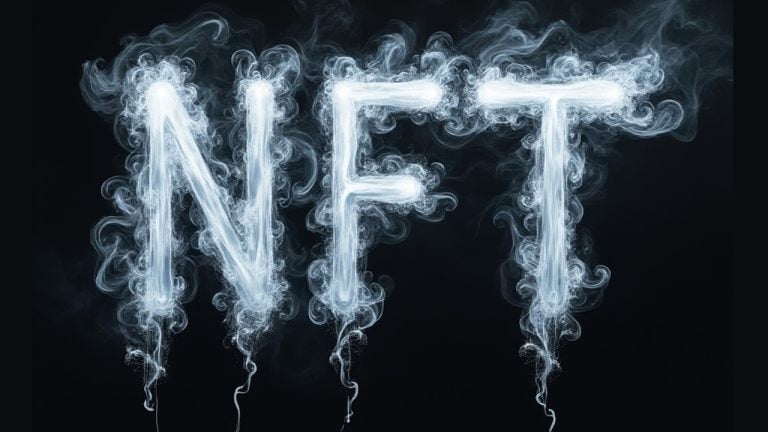
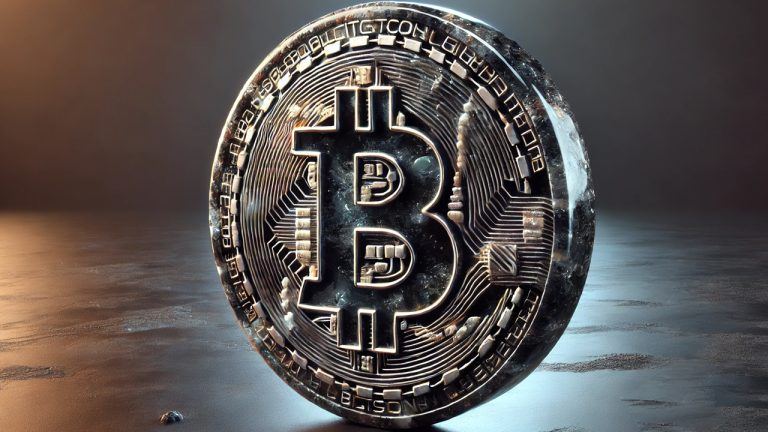




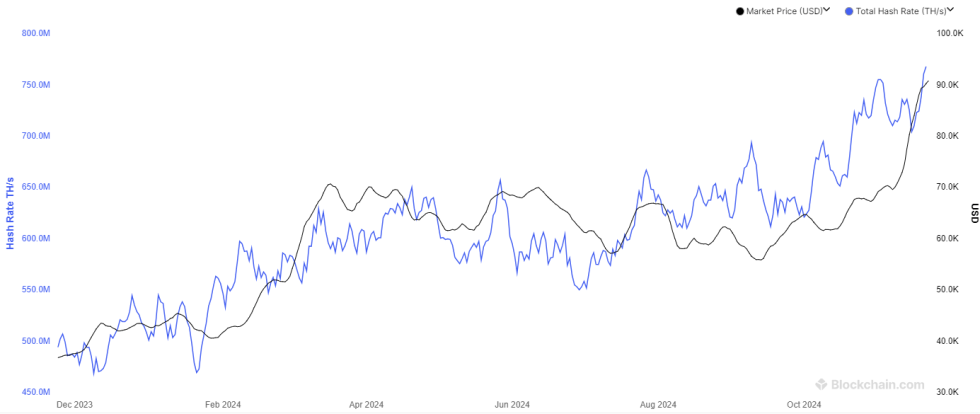

Comments